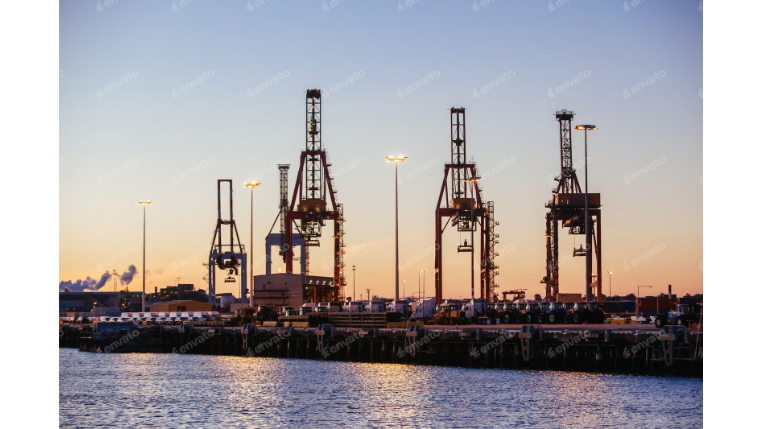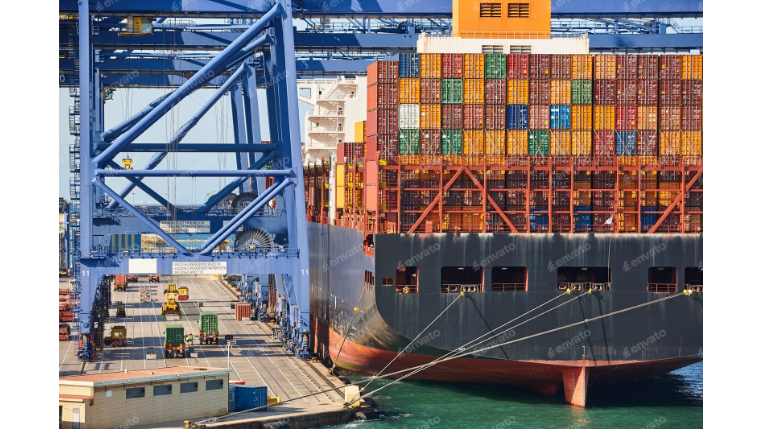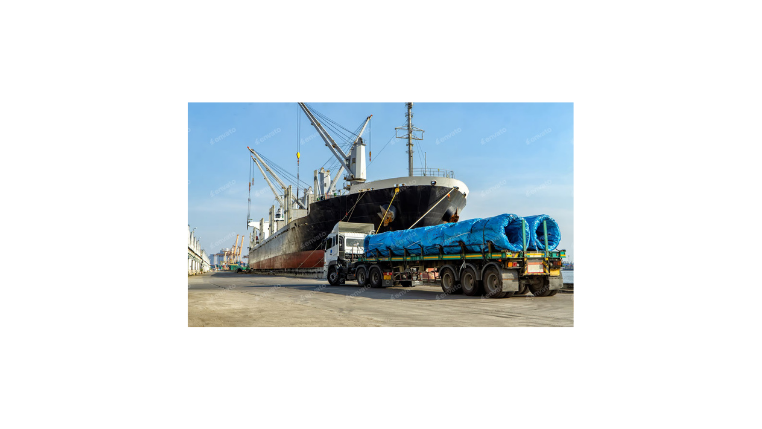USA vs. Canada Shipping: A Guide to Navigating North American Logistics
The United States and Canada boast one of the largest and most integrated trading relationships in the world. For millions of businesses, shipping goods across this border is a fundamental part of their supply chain. While the two nations share many similarities, their logistics landscapes are shaped by unique factors — from vast geographical differences to distinct customs and tax regulations. Understanding these nuances is the key to ensuring your cross-border shipments are smooth, cost-effective, and compliant.
The Core Differences: Geography and Population Density
The physical layout of each country has a profound impact on logistics.
- United States: The U.S. has a large and widely distributed population with numerous major metropolitan hubs (Los Angeles, Chicago, Dallas, Atlanta, NYC/NJ). This is supported by a dense and highly interconnected network of interstate highways, railways, and airports, making domestic transit relatively efficient and competitive.
- Canada: Canada is the second-largest country in the world by land area, but its population is highly concentrated in a narrow band along its southern border with the U.S. Shipping to major centers like Toronto, Montreal, and Vancouver is straightforward, but delivering goods to remote and northern regions presents significant logistical challenges, leading to longer transit times and substantially higher costs.
The Cross-Border Hurdle: Customs, Duties, and Taxes
This is the most critical area where shippers can run into problems. Every shipment that crosses the border is an international transaction and is subject to formal customs clearance.
Customs and Documentation
All cross-border shipments require a Commercial Invoice that accurately details the shipper, receiver, a clear description of the goods, their value, and country of origin. For freight shipments, working with a customs broker is essential to prepare and submit the necessary entry declarations to the respective customs agencies (CBP in the U.S., CBSA in Canada).
The Crucial Difference: Duties and Taxes
This is a major point of divergence, especially for e-commerce.
- USA: Has a high de minimis threshold of $800 USD. This means that most shipments valued under $800 can enter the country duty-free and tax-free, which greatly simplifies e-commerce for international sellers.
- Canada: Has a much lower de minimis threshold of approximately $20 CAD for duties and $40 CAD for taxes. This means that most goods shipped to Canadian consumers are subject to import taxes. Businesses must account for Canada’s complex tax system, which includes the federal GST (Goods and Services Tax) and either a PST (Provincial Sales Tax) or a combined HST (Harmonized Sales Tax), depending on the destination province.
A Head-to-Head Comparison: Costs, Times, and Carriers
Shipping Costs
- Domestic: The U.S. domestic market is generally more competitive and cost-effective due to higher volume and population density. Domestic shipping within Canada can be more expensive, particularly for coast-to-coast or remote deliveries.
- Cross-Border: The final price of a cross-border shipment is more complex than a domestic one. You must factor in not just the freight rate, but also customs brokerage fees, duties, and taxes to calculate the true landed cost.
Transit Times
- While carrier networks are highly efficient, always factor in at least one to two additional business days for customs clearance on any cross-border shipment, even for express services. A documentation error can delay a shipment for much longer.
Carrier Options
- Major Integrators: Global giants like UPS, FedEx, and DHL have extensive ground and air networks in both countries and are experts in cross-border shipping.
- Postal Services: The United States Postal Service (USPS) and Canada Post work in partnership to deliver packages, which can be a cost-effective but sometimes slower option.
- LTL Freight Carriers: Both countries have robust Less-Than-Truckload (LTL) networks for moving palletized freight. Many carriers specialize in cross-border freight and have streamlined customs processes.
Best Practices for Smooth Cross-Border Shipping
- Master Your Documentation: An inaccurate or incomplete commercial invoice is the #1 cause of customs delays. Ensure your product descriptions are specific and your values are correct.
- Understand Your Landed Cost: Before you ship, calculate the total cost to the buyer, including all duties and taxes. Decide whether you will ship DDU/DAP (Delivered Duty Unpaid, where the customer pays fees on arrival) or DDP (Delivered Duty Paid, where you bill them for the fees upfront). For e-commerce, DDP provides a much better customer experience.
- Use a Reputable Customs Broker: For any commercial freight shipment, a licensed customs broker is your most valuable partner. They will ensure your shipment is compliant and cleared as quickly as possible.
- Communicate with Your Customer: Be transparent about potential transit times, including customs clearance, and any duties or taxes they may be responsible for.
Conclusion
While the U.S. and Canada are close trading partners, their distinct shipping environments require careful planning and execution. Success in North American logistics hinges on a deep understanding of the differences in geography, customs, and taxes. Proactive documentation, clear communication, and leveraging the right expertise are crucial for avoiding delays, managing costs, and keeping customers happy.
In this complex cross-border environment, a powerful technology platform is essential. An integrated logistics solution like Modaltrans simplifies the entire process by providing tools to compare rates from cross-border carriers, manage all your digital documentation in one place, and maintain end-to-end visibility from pickup in one country through customs to final delivery in the other.










